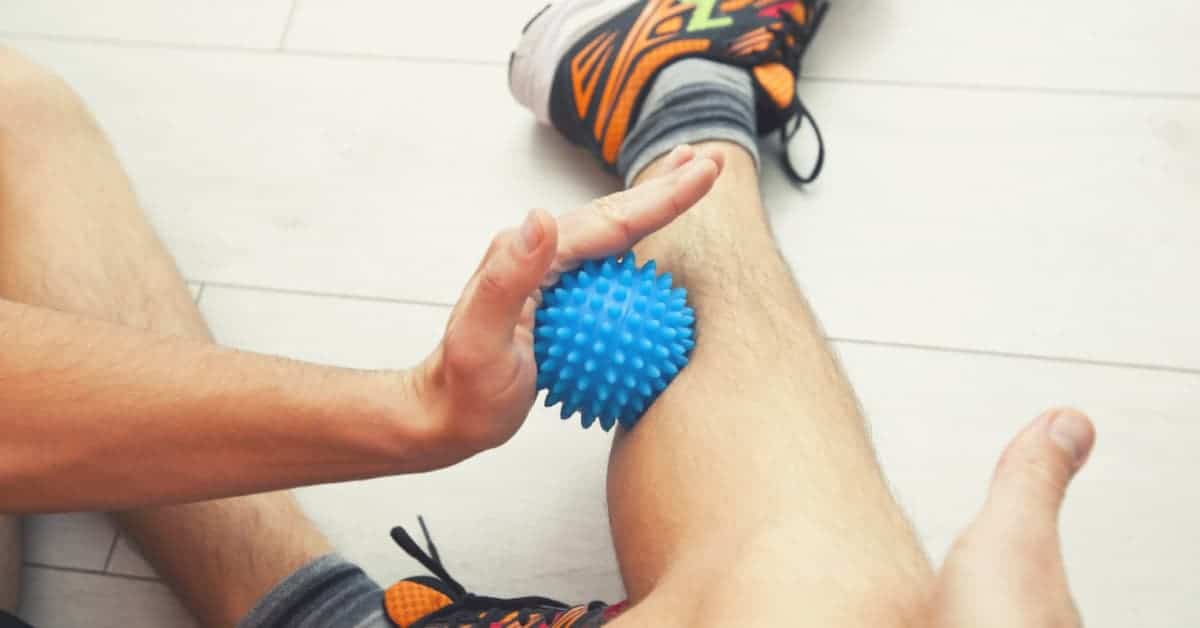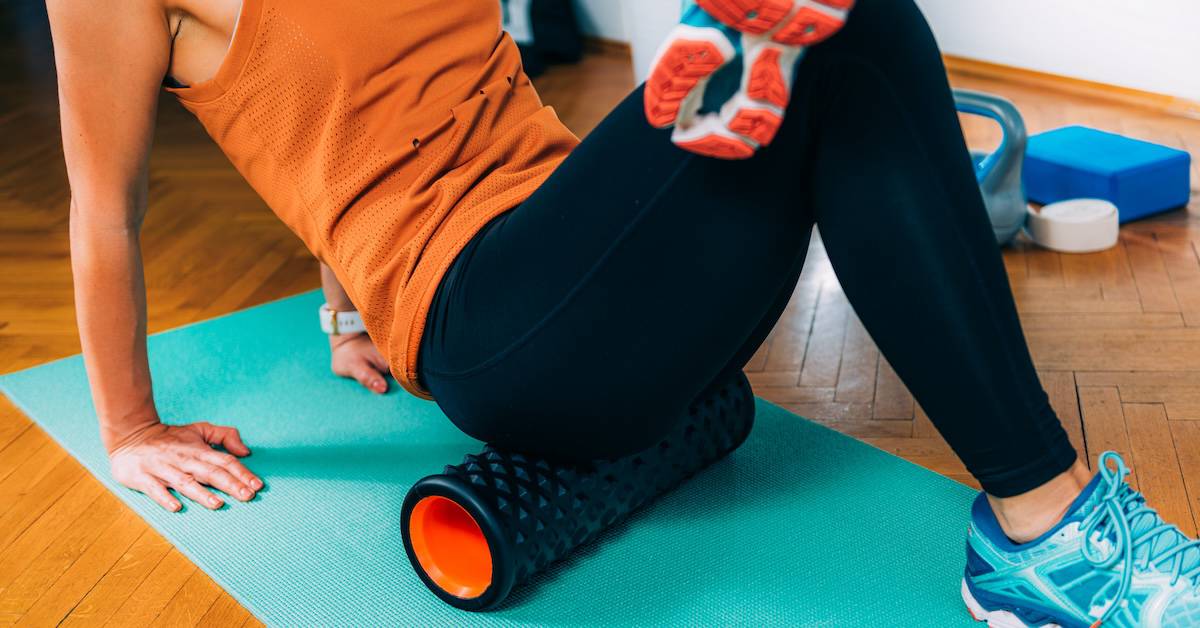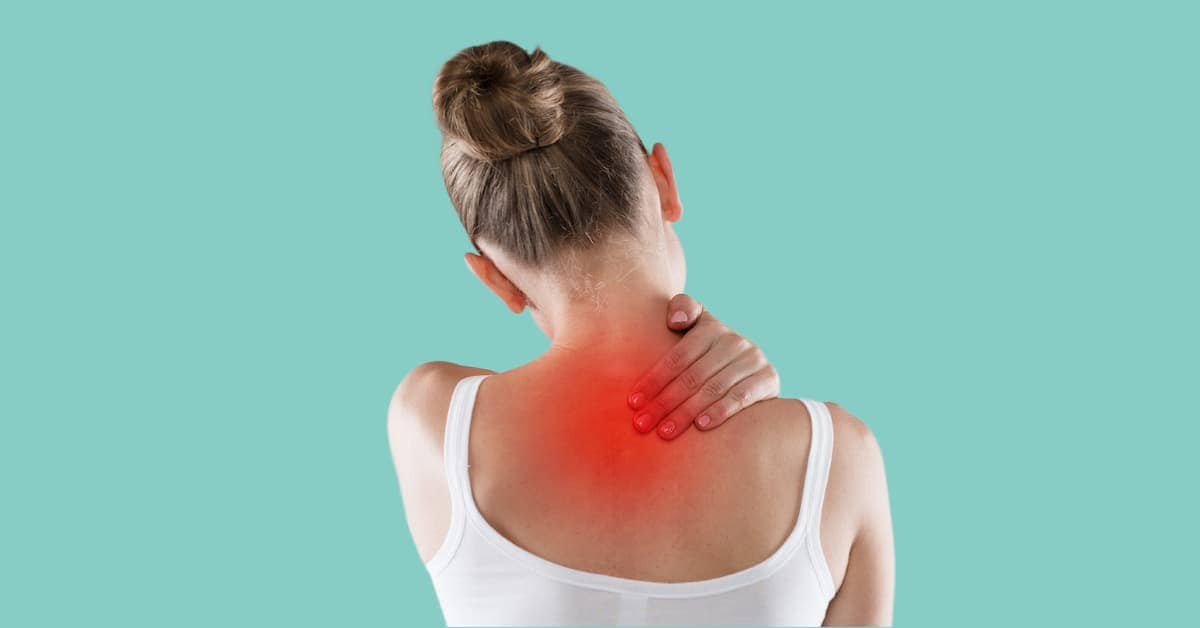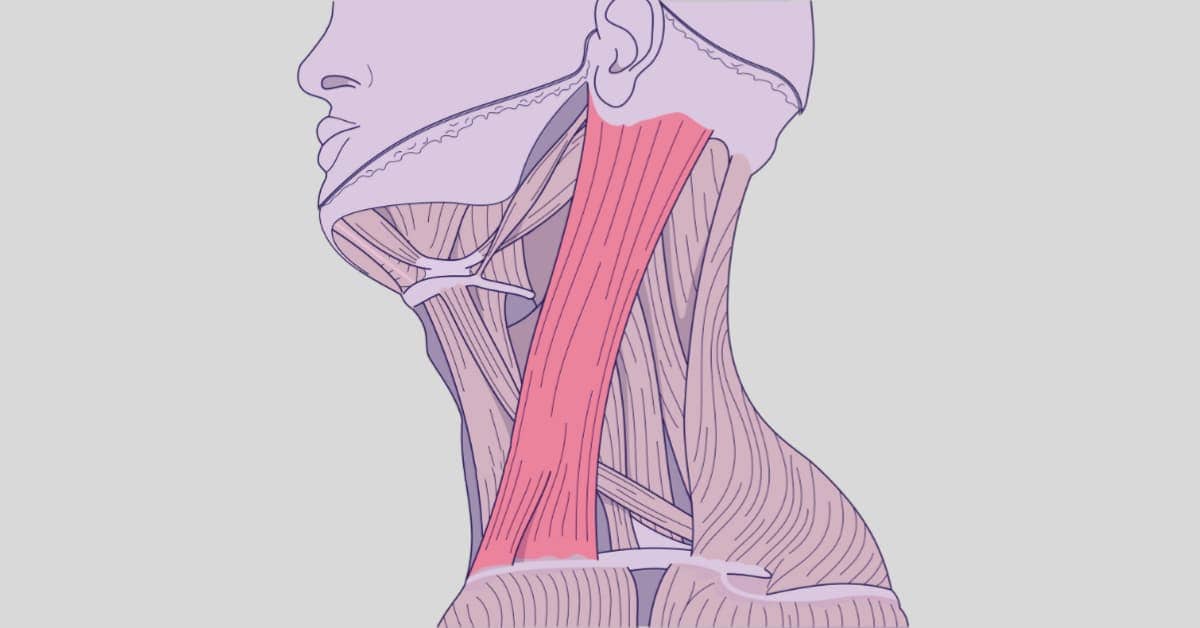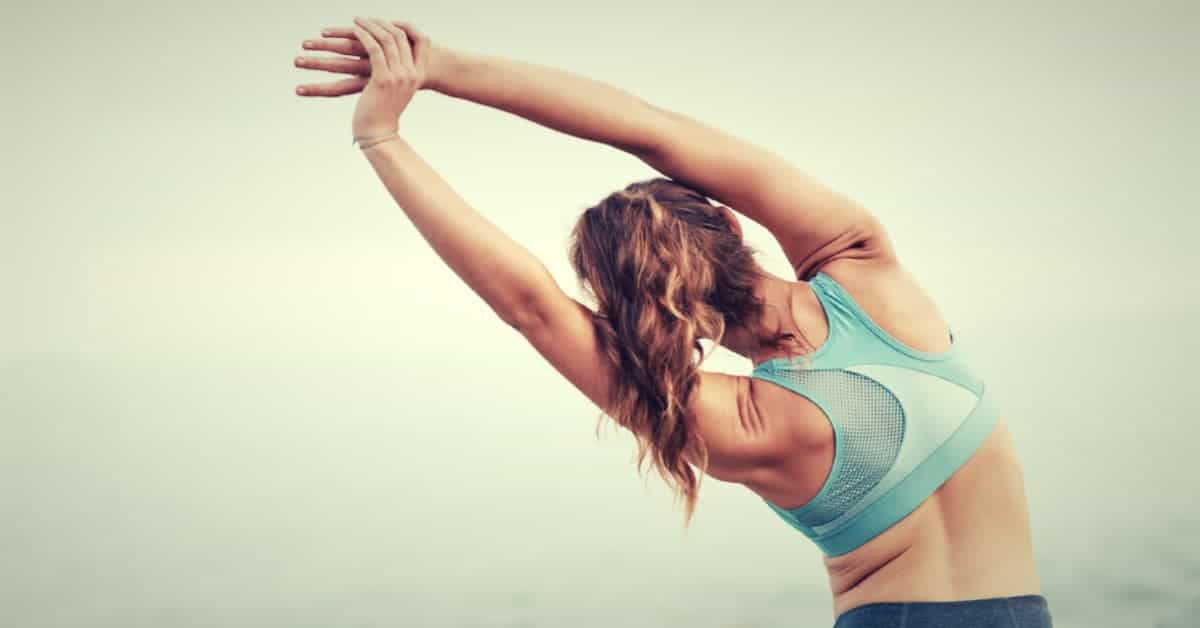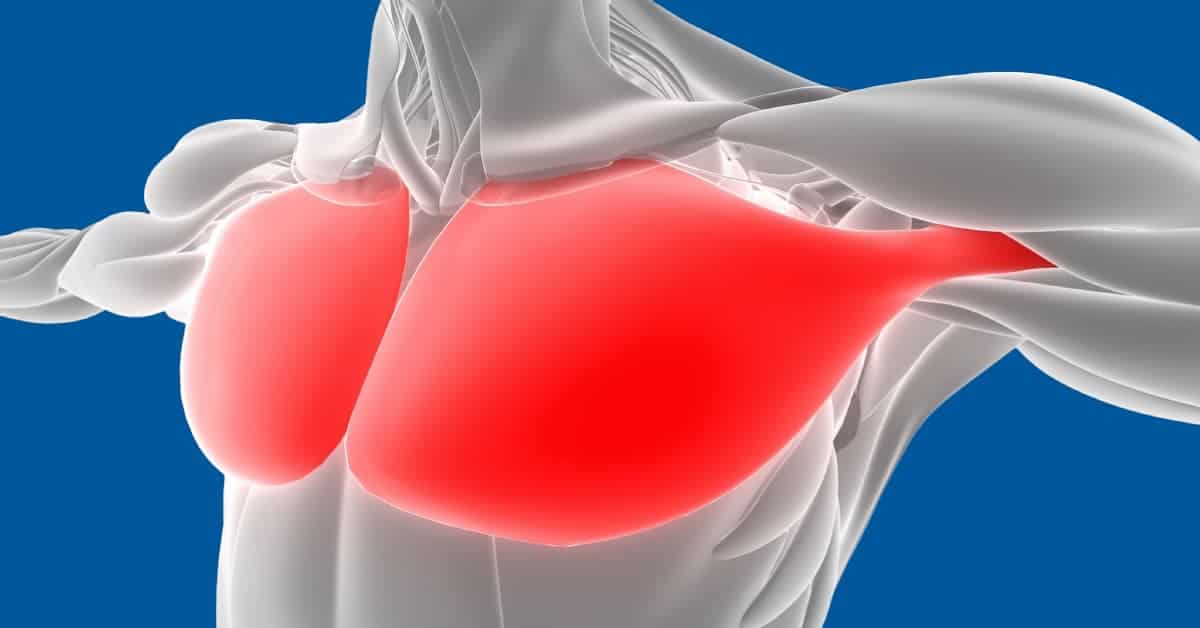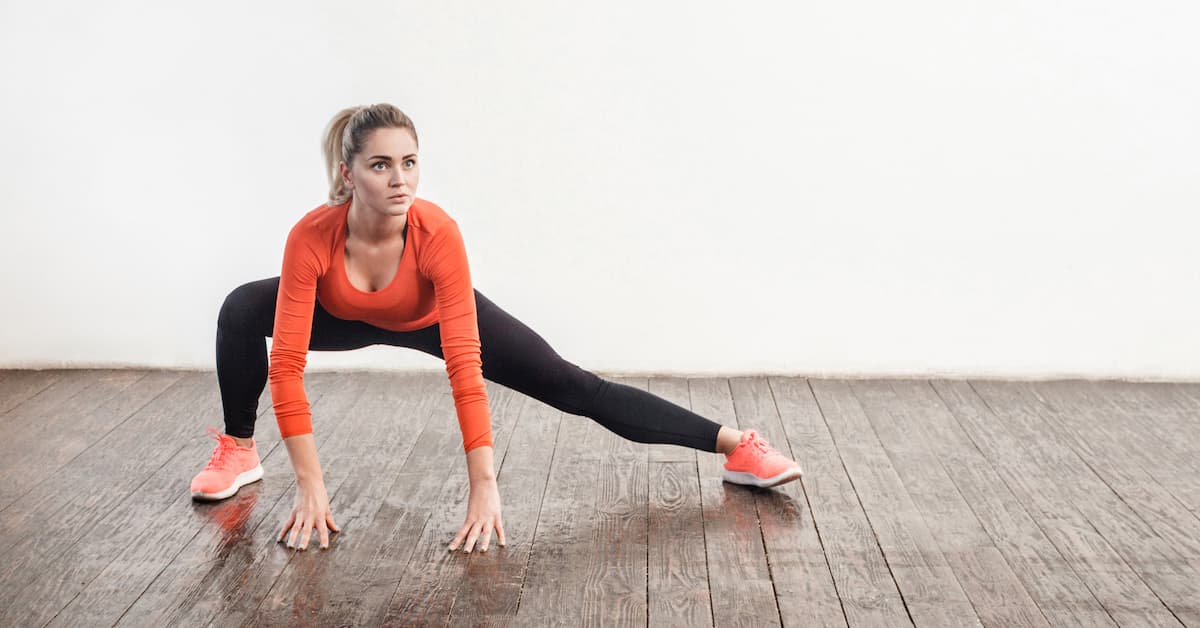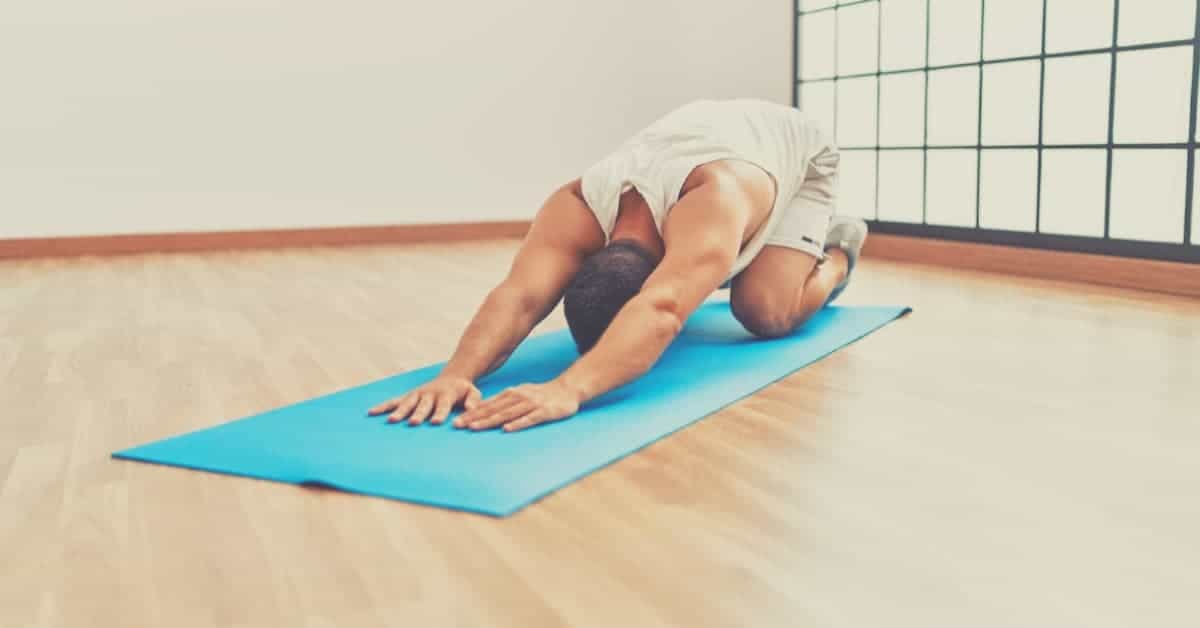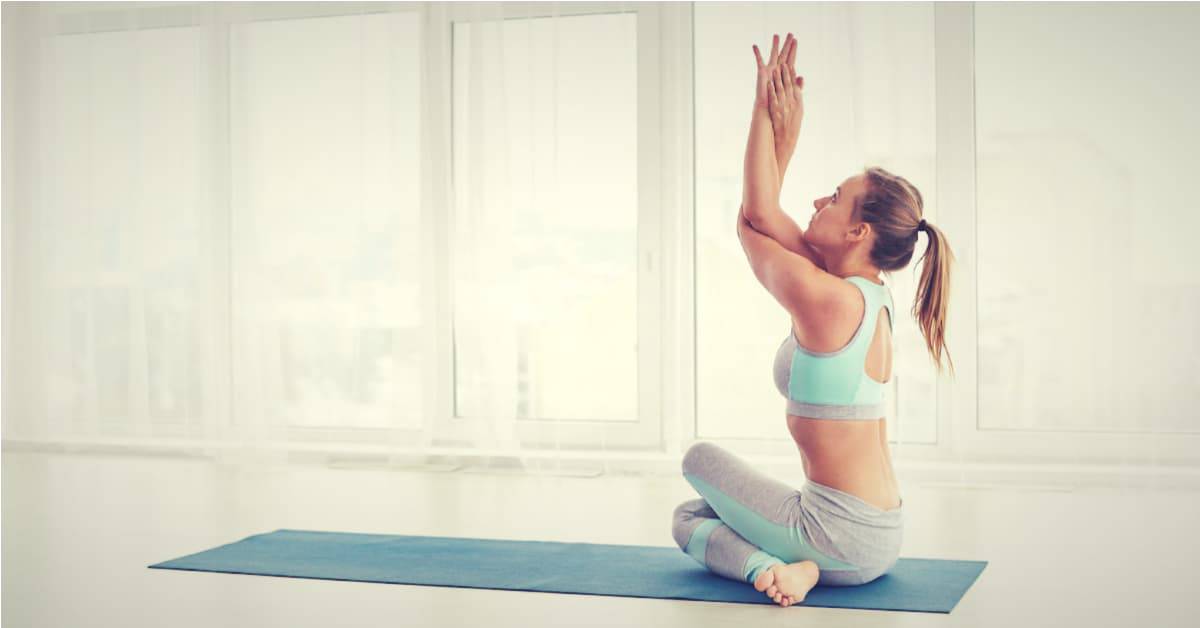Tight calves. It’s an issue many of us face, especially those who enjoy a regular workout or a good run. It’s an issue that can limit our mobility and performance, turning even enjoyable workouts into challenges.
In this article, we’ll guide you through understanding why your calves might be feeling tight, how to identify the signs, and then start preparing your calves for more flexibility and less tightness.
I. Understanding Your Calves
Your calves, located at the back of your lower leg, are made up of two key muscles: the gastrocnemius and the soleus. These muscles work together to help you perform basic activities like walking, running, and jumping. However, factors like repetitive activities, workouts, running, or simply not giving these muscles the attention they need can lead to tightness.
When the calves get tight, it becomes harder for them to perform their daily duties. It’s like trying to run a marathon with a heavy backpack – you could do it, but it’s far from ideal. This tightness can also limit your range of motion, affecting your mobility and the quality of your movements.
So, it’s essential to address this issue, not just for the sake of your calves, but to help your body move more freely and comfortably and to improve your fitness performance.
II. Spotting the Signs of Tight Calves
How can you tell if you have tight calves? One effective method is the wall test. To do this, place your foot a few inches away from a wall. Try to touch your knee to the wall without lifting your heel. If you’re unable to do this, it may indicate that your calves are tight. This test can also help identify if you have limited ankle mobility, which is often caused by tight calves.
Apart from the wall test, you might experience discomfort in your lower legs, especially after workouts or long runs. You may also notice reduced mobility when performing activities requiring calf flexibility. If you’re feeling discomfort during your regular exercises or your feet lack their usual range of motion, it’s a clear sign that your calves need attention.
III. Myofascial Release for Tight Calves
Before you begin stretching exercises, performing some myofascial release on your calves is beneficial. This technique aids in relieving tension and breaking up any knots or adhesions in your muscles, thereby “prepping” them for a more effective stretch.
A common tool used for this purpose is a foam roller.
- Start by placing the foam roller on the ground and positioning your calf on top of it.
- Either stack your other leg on top for extra pressure, or keep it on the floor if the pressure feels too intense.
- Roll your calf over the foam roller, beginning from the ankle and moving up towards your knee.
- Ensure you roll over the entire calf muscle – the inside, the middle, and the outer part.
- Spend roughly one minute on each leg.
For a more intense massage, you can use a massage ball, like a lacrosse ball, instead.
IV. Stretching Exercises for Tight Calves
Having warmed up and prepared your calves, it’s time for some stretching exercises. These exercises are created to enhance the flexibility of your calves, allowing them to relax and function more effectively.
Standing calf stretch
- Stand facing a wall with your hands on the wall at around chest height.
- Put one foot forward and the other foot back, ensuring both feet are flat on the ground.
- Lean towards the wall while maintaining your back leg straight.
- You should feel a stretch in the calf of your back leg.
- Hold this stretch for a minimum of 30 seconds, then switch legs and repeat.
Step-assisted calf stretch – Heels off the edge
- Stand on a step with your toes on the step and one heel hanging off the edge.
- Lower your heel down below the step until you feel a stretch in your lower calf.
- Maintain this position for at least 30 seconds.
- Perform this stretch one leg at a time for safety.
Step-assisted calf stretch – Heels on the ground
- Stand near a step or raised platform.
- Put the ball of your foot on the edge of the step, while keeping your heel on the ground.
- Lean forward slightly until you feel a stretch in your calf.
- Hold this stretch for at least 30 seconds, and then switch sides.
For an alternative to the step, you can use a foam roller or a yoga block, which will provide the same benefits.
Seated calf stretch with a towel or resistance band
- Sit on the floor with your legs extended in front of you.
- Loop a towel or resistance band around the balls of your feet.
- Gently pull the towel or resistance band towards you, keeping your legs straight.
- Hold this stretch for a minimum of 30 seconds.
Remember to breathe deeply and stay relaxed as you carry out these stretches. With regular practice, you should see an improvement in your calf flexibility and a reduction in tightness.
V. Helpful Tools for Calf Stretching
The calf muscles can sometimes be challenging to stretch, and they’re not always easy to massage, particularly when you’re on the go. This is where several specific tools can come into play, offering portable solutions that can effectively relieve calf tightness. Here are some that are worth considering:
- ProStretch Calf Stretcher: This device offers a deep, active stretch for your calves, enhancing flexibility and providing relief from tightness. Its optimum stretching angle provides effective results. Furthermore, it features an anti-slip surface for stability during your stretch.
- Slant Board: Slant boards are adjustable incline boards that can help stretch your calf muscles and Achilles tendon safely and effectively. The adjustable feature means you can find the perfect angle for your specific needs and adjust it as your flexibility improves.
- Muscle Stick Roller: Light, portable, and inexpensive, these are an excellent tool for those who need to massage their calf muscles on the go or after a run.
- R8 Roll Recovery Tool: This tool provides a deep tissue massage, not only to the calves but also to the thighs. It’s a great option for runners and exercisers who require deep muscle recovery.
Summing It Up
Calf tightness is a common issue, particularly for those engaged in physical activities such as running and regular workouts. However, it’s not something that you have to live with. You can alleviate this tightness, improve muscle flexibility, and boost overall performance through specific techniques and practices such as myofascial release and stretching exercises.
Importantly, if you find that calf tightness persists despite consistent stretching and self-massage, it may be worth investigating whether you have an underlying ankle mobility issue. Limited dorsiflexion could be contributing to the feeling of tightness, and improving this aspect of your mobility might be the key to resolving your calf tightness.
On the other hand, if no strategies seem to be effective and you’re still experiencing persistent discomfort, don’t hesitate to seek professional help. A physiotherapist or a qualified fitness professional can provide further guidance, helping you explore additional exercises or techniques that may suit your needs.
